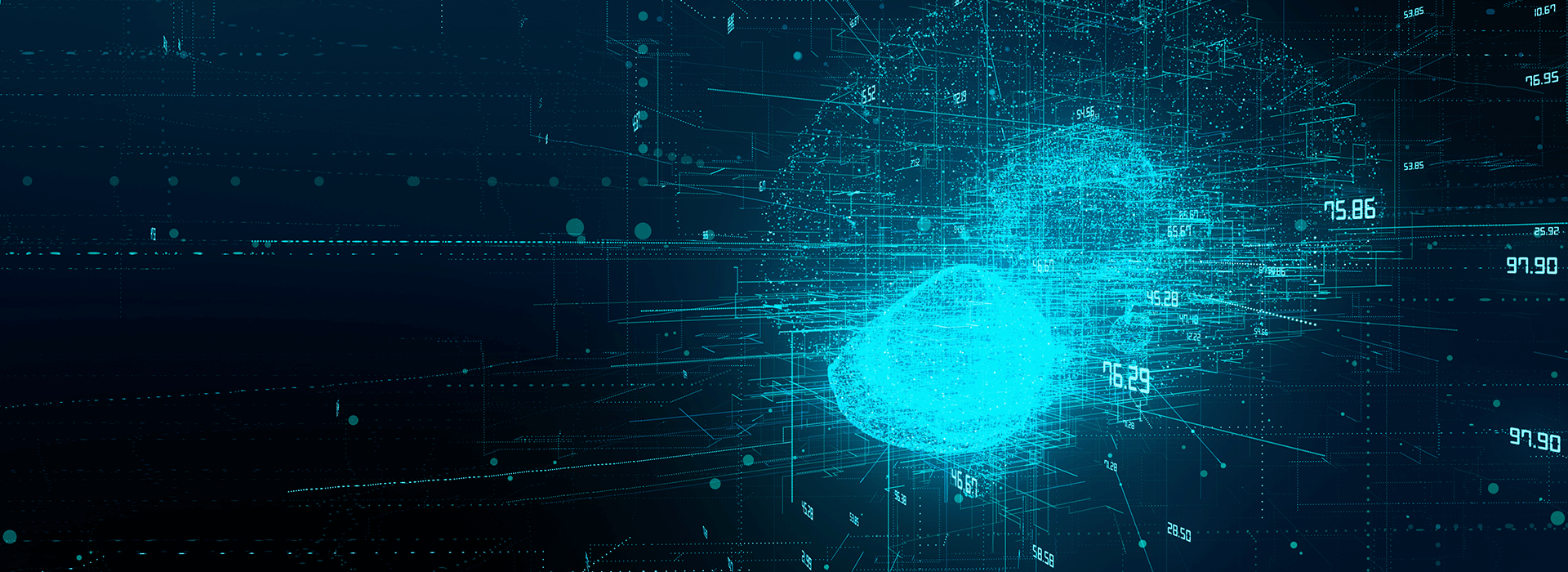Neuromorphic computing (NC) is the name of the new research division at fortiss. In addition to conventional systems, in the future we will see neuromorphic IT systems that employ pulse-coded software - as opposed to binary code - similar to how biological nerve cells function. This will help improve the learning capabilities of robots without increased energy consumption..
While biological models use the same location to process and store information, with conventional computing storage is physically separate. And it’s precisely this concept that turns out to be a bottleneck, since the data has to be constantly compared between the processor and the storage. This limits the data transfer rate and drives up energy usage.
With neuromorphic IT systems, the information processing architecture is not the only component modeled after biological neural networks. The aim is to one day port the basic information processing principle over to silicon chips. That means that instead of a binary (0 or 1) system, the information is coded in the form of time-based pulses much like the human brain, using so-called spiking neural networks (SNN)..
A team of researchers at fortiss led by computer scientist Axel von Arnim have undertaken a project to improve the learning capabilities and intelligence of technical systems, such as robots or machine-based image processing, by mimicking biological system signal transmission. The team will employ know-how from the field of neural biology and artificial intelligence software methods, or subareas like deep learning.
Universal data format
“Neuromorphic systems are energy efficient, adaptable and capable of learning. They are particularly well-suited to developing “cognitive” computers, which analyze complex data and utilize learned knowledge in order to make predictions. Furthermore, the data format is universal, which simplifies communications between neuromorphic systems,” explains Axel von Arnim.
Before technical systems can operate with the new generation of artificial neural networks however, the foundation has to be created. The computer scientists at fortiss will develop algorithms and software for use in energy-saving neuromorphic hardware and conduct research into ways to carry out computing and learning with pulsed neural networks. They will also explore which type of software architecture is required for neuromorphic computing.
“There are currently different systems on the market, such as simulators, chips or homemade libraries, which makes communications between the components more difficult. We’re working on a standard library for neuromorphic software that allows programmers not only access to the new generation of artificial neural networks, but also makes it easier to assemble different SNN components together,” stresses the computer scientist.

